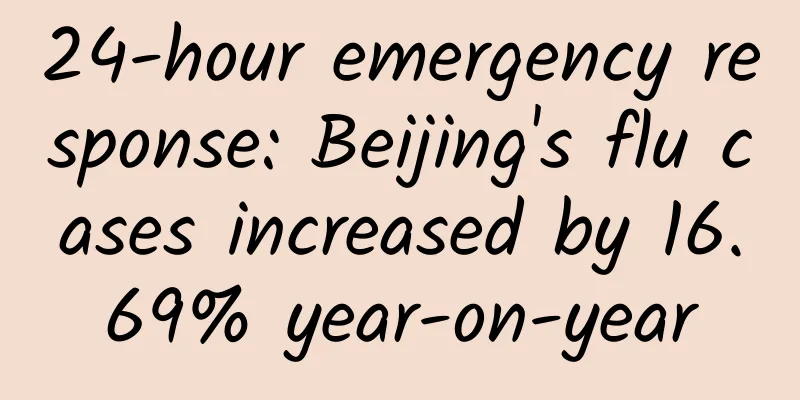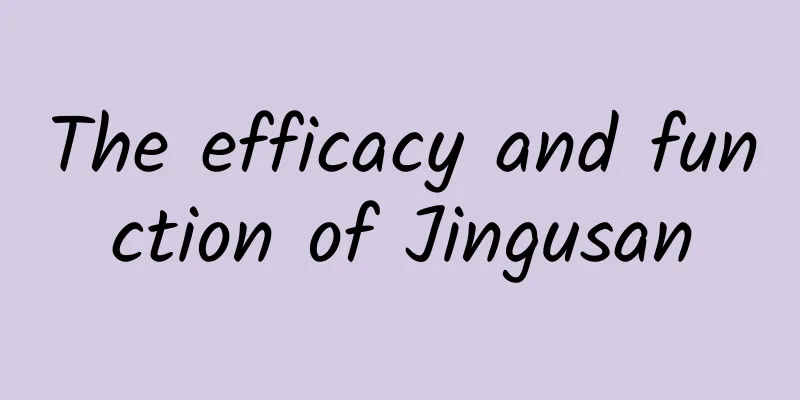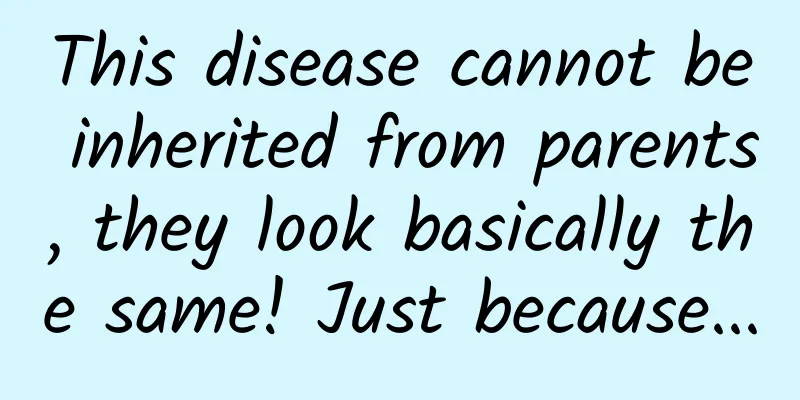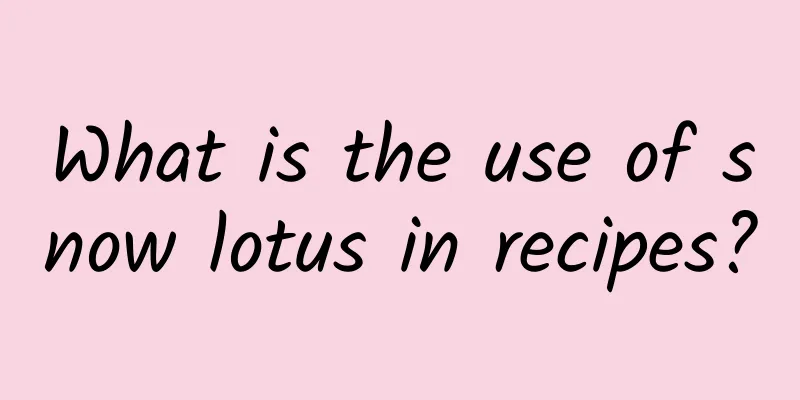Foxglove Pictures

|
Foxglove is a biennial or perennial woody plant of the Scrophulariaceae family and the genus Foxglove. Except for Corolla, all are covered with grayish-white short soft hairs and glandular hairs, sometimes with almost no hairs on the stems, 60-120 cm tall. Stems single or in clusters. The leaves are elliptical or ovate-lanceolate, not smooth and wrinkled, the basal leaves have long petioles, are ovate to ovate-lanceolate, the leaf margins are serrated, the leaf stems have narrow wings, and the leaf shape gradually decreases from the bottom to the top. The terminal raceme is 50~80cm long, the Corolla bell is about 7.5cm long, and the Corolla wax is dark purple with light white and black spots inside. The siliques are egg-shaped, flowering from May to June, fruit ripening from August to October, and the seeds are very small. Artificially grown varieties include white, pink and dark red, and are generally divided into white flower Liberty Bell, large flower Liberty Bell and double petal Liberty Bell. It is commonly seen in flower landscapes, flower beds and rock gardens, and can also be used as a natural potted flower arrangement. Efficacy and function Digitalis is an important cardiotonic drug that can stimulate the heart, enhance cardiac contraction, improve blood circulation, or directly inhibit cardiac transmission to slow down the heartbeat. It is mainly used to treat chronic congestive heart failure and has a significant beneficial diuretic and swelling-reducing effect on cardiac edema, but it has a deposit effect, so caution should be exercised when using it. Medicinal value 1. Improve the contraction of the heart. Under the effect of cardiac glycosides, the characteristics of the increased contraction of the heart are: (1) Make the heart contract more flexibly. Cardiac glycosides can increase the supporting force of the heart during contraction and accelerate the contraction rate of the heart, which is mainly manifested in the increase in the rate of increase of the maximum intraventricular pressure. Therefore, the heart contracts more flexibly and powerfully, shortens the systolic period in the cardiac cycle, prolongs the left ventricular phase, and is beneficial to venous return. (2) Increase cardiac output of a declining heart; (3) Improve the efficiency of a weakened heart. 2. It has the effect of slowing down the heartbeat of patients with heart failure. 3. Effects on cardiac conductivity, self-control and refractory period: (1) Atrioventricular transmission: At high doses, cardiac glycosides can slow down the transmission of the atrioventricular node by increasing the sympathetic nerve stimulation caused by the increase in cardiac contraction. When used in large doses, it can immediately inhibit the atrioventricular node and atrioventricular bundle, slowing down atrioventricular transmission. Excessive doses of cardiac glycosides can cause varying degrees of atrioventricular block. The slowing transmission effect of therapeutic doses of sencephalosporin will not affect the normal heartbeat, because under normal circumstances, the desire from the ventricles has sufficient strength and appropriate frequency to enter the atrium through the atrioventricular node, and will not disappear in the atrioventricular node. However, in the case of atrial fibrillation or atrial flutter, cardiac glycosides can rely on their effects of slowing atrioventricular transmission and increasing the effective refractory period to make some of the subtle desires of atrial fibrillation or atrial flutter dissipate in the atrioventricular node and not reach the atrium, thereby effectively controlling the ventricular rate, but not affecting the ventricular rate. At this time, the atrial heartbeat and ventricular heartbeat are not coordinated, which is different from the effect of slowing down the heartbeat by affecting the sinoatrial node. (2) Control ability: Therapeutic doses of cardiac glycosides have no significant effect on the heart's control ability. They only reduce the control ability of the sinoatrial node and ventricles through the sympathetic nerve stimulation function. (3) Effective refractory period Cardiac glycosides can increase the effective refractory period of the atrioventricular node because they inhibit Na and K-ATPase, causing the loss of K in the body cells. The loss of K is slowed down, and repolarization is increased, which increases the effective refractory period. (4) Effect on electrocardiogram: Therapeutic doses of cardiac glycosides can cause changes in electrocardiogram, but they have no specific practical significance because they affect the repolarization process, so the T wave changes significantly, and abnormal T waves appear early and disappear slowly, often with low T waves, biphasic or reversed. The ST segment is often depressed. Because the entire repolarization process is accelerated, the QT interval that reflects the duration of the action potential can be shortened. An increase in the PR interval reflects a slowdown in atrioventricular transmission, and a slow heartbeat is mainly manifested in an increase in the PP interval. The typical manifestation is a fish-shaped relaxation of the ST segment connected to a biphasic or inverted T wave. Toxic doses may cause ECG manifestations of various arrhythmias such as ventricular premature beats, bigeminy, atrioventricular dissociation and even ventricular fibrillation. These changes are helpful for the diagnosis of cardiac glycoside poisoning, but due to the lack of specificity, appropriate judgment should be made based on the patient's condition and the process of cardiac glycoside use. [5] |
<<: What does wild wormwood look like?
>>: Cordyceps deer penis 38 yuan a box
Recommend
The efficacy and function of female golden reed
I believe many people are familiar with the Chine...
Why do birds migrate?
Birds migrate to different areas to breed or over...
The efficacy and function of Shimoda Chrysanthemum [Picture]
In fact, the occurrence of many human diseases is...
The international tourism industry has rebounded strongly, so is traveling worth looking forward to again?
While few industries have been immune to the impa...
National Cancer Prevention and Treatment Week丨Is it true that everyone has cancer cells in their body? Experts say →
April 15 to 21, 2022 is the 28th National Cancer ...
What to pair with Cassia seed
In fact, the tea made from Cassia seeds is somewh...
Why is a crowded bus not considered overloaded? Where does the puffing sound come from when the bus stops?
Source: A student bully (bajie203) This article h...
It hurts to the bone! You must know this information about influenza B
[Danger! #Woman's two lungs turned white afte...
What is the medicinal property of Cistanche deserticola?
The Chinese medicinal material Cistanche desertic...
The efficacy and function of eel bones
Eel bones are a kind of traditional Chinese medic...
"UFO"? Don't be afraid, it's a weather balloon!
Maybe one day when you are walking on the road an...
The efficacy and function of red rock astragalus
Only when we understand the main ingredients of a...
What are the medicinal values of truffles?
Truffle is a fungus that can also be eaten as par...
How unique is the Jade Dragon Fern discovered for the first time in Qinghai?
Qilian Mountain National Park, Qinghai Province R...
Dust and noise are too loud. Can planting green plants reduce noise? Cedar: Watch me do it!
Cedar is a plant of the genus Cedrus in the Pinac...









